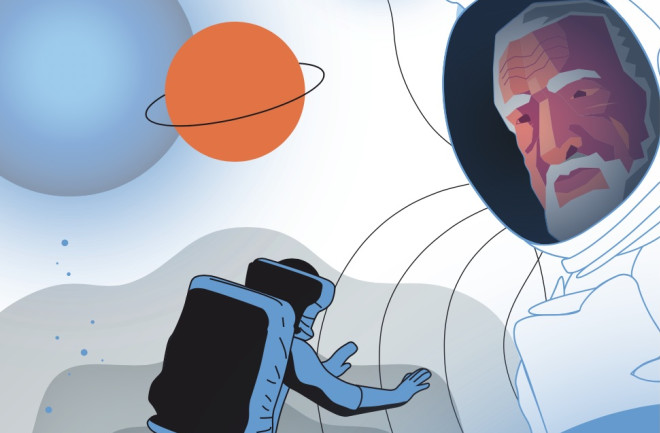This story was originally published in our Mar/Apr 2023 issue. Click here to subscribe to read more stories like this one.
While paging through the book Space Physiology and Medicine in 1995, Senator John Glenn spotted a chart that captured his imagination. Listed were 52 kinds of physical changes routinely experienced in space by orbiting astronauts, including osteoporosis, cardiovascular difficulties and alterations in the distribution of body fluids. Th e 73-year-old Glenn, who had spent years on the Senate Special Committee on Aging, realized that he was looking at a list of complaints common to seniors — yet the typical astronaut was in their 30s, 40s or 50s.
Given the similarities, Glenn wondered if there were any plans to fly senior citizens into space. He called the authors of the publication along with other space doctors to find out. To his surprise, despite shuttle missions going up every few months, nobody knew of any plans to send an elderly person into orbit. “I wondered why the science had to wait,” Glenn wrote in his autobiography. “Shuttle flights were going up regularly. Why couldn’t room be made on one of them for some experiments on senior citizens? And then I began to think, ‘Why not me?’”

